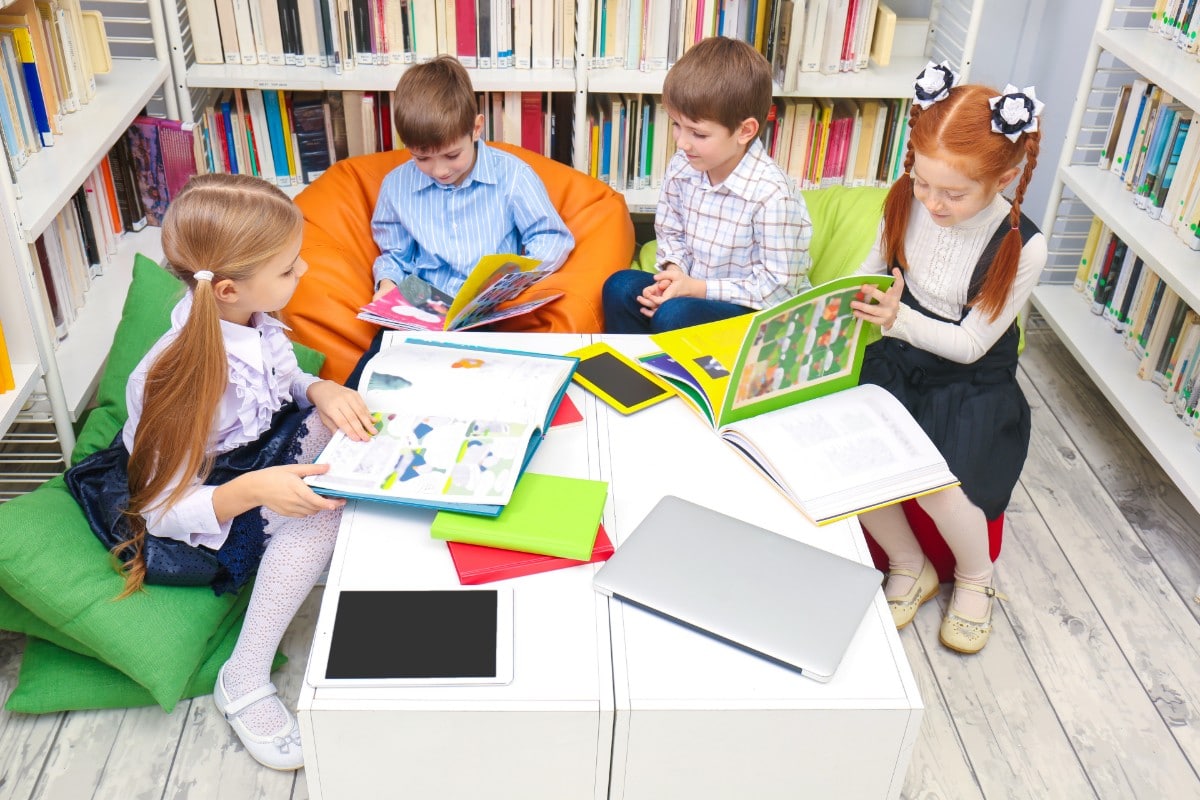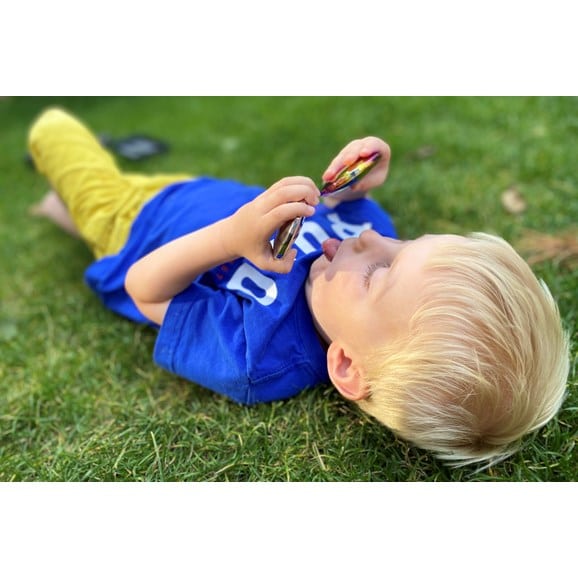Creating a multi-sensory space
Having a classroom that supports each child’s individual needs is difficult. Here at Hope, we want to help with that. So, we have come up with some ideas for you to create a multi-sensory space in your classroom.
What is a multi-sensory space?
Multi-sensory spaces are immersive spaces that have been created to help children improve their senses. It can help to reduce anxiety and agitation with calming music, stress relievers, fidget toys and more. Specifically designed to help SEN children, a multi-sensory space includes equipment tailored for each child’s needs.
Why create a multi-sensory space?
Children with Special Educational Needs often struggle to cope with the world around them – loud noises, bright lights, unwelcome textures – so this can provide a place for them to regain control of their emotions. The room can be adapted for all ages and capabilities. Welcoming a low-stress, fun environment, children can learn to work through their emotions and reactions to certain stimuli.
Although a multi-sensory space is mainly focused on helping children in a therapeutic way, they are also ideal for learning, stimulation, relaxation, and fun.
Other benefits include:
- Improves mood and reduces aggression
- Encourages social interaction
- Helps to increase verbal & non-verbal communication
- Improvement in their self-esteem
Creating a Multi-Sensory Space
Creating an effective multi-sensory space for your school depends on choosing the right multi-sensory equipment. With each child having different needs and trying to accommodate them all, we have put together some equipment and toys that will be perfect for all.
Start with a comfortable space
Adding some comfortable beanbags and having a soft floor creates a comfortable space where children can’t hurt themselves. This encourages a sense of safety for them as well as their learning and creativity. Our beanbags are perfect, as all you need is a few placed around the room – big enough for at least 2-3 children. They can be moulded into four different seating positions making it ideal for each individual and their chosen activity.
Visual effects
Every multi-sensory room needs something fun to look at. Children with sensory deficits sometimes have trouble organising their vision – processing the colours, shape, movement etc. To help with this, we have the Aurora Northern Lights Projector. This fascinating light show projects onto the walls and ceilings, with multi-coloured LEDs. Perfect for visual stimulation, this helps with a child’s processing of colours and the contrast between shapes and movement, while also creating a peaceful atmosphere.
Another useful product is the Light Up Chameleon. Just like a real chameleon, it changes its colour to match the surface it sits on. Not only can children see it first-hand, but they can engage with it and place it on different surfaces to see it match its surroundings. Perfect when setting up a multi-sensory space.

Sounds & Smells
Music is a great way to set a calm environment. Just pop on a CD or connect to our Wireless Classroom Speaker, put on some relaxing music and let it lessen any stress and redirect behaviours your children might have. Music can even help individuals process and organise their thoughts, helping them to develop how they respond to their environment.
Or place these Reflective Sound Buttons around the room and let them play with and hear the vibrations and sounds. The mirrored surfaces provide a distorted fish-eye lens reflection which is fascinating for children to observe.
An additional product that can be used is a Wind Chime. With this, children can decorate their own and see it hung up and in use. Hang them close to windows or the entrance of the room so children can interact and listen to them and let it reduce stress, uplift their mood, and promote relaxation. Perfect for tactile and auditory stimulation.
Smells are also a great way to reduce stress. One example is using scented candles or essential oils – making sure they’re not too strong! Ensure none of the children in your classroom is allergic to any essential oils before doing this. Using scents can encourage relaxation, alertness, and concentration.

Tactile fun
From strengthening their fine motor skills to helping children with autism feel soothed and calm, the benefits of touch and texture can be powerful. The Hairy Tangle is a perfect example. It twists and turns like a regular tangle, but it is coated in stretchy rubber spines – making for a great tactile experience. Appealing to both visual and tactile sensory needs, this therapeutic stress reliever and fidget resource encourages a calm mind and steady behaviour.
And if children want something a bit different, there’s always our Squishy Mesh Ball. Not only is this great for tactile needs, but it is also perfect for visual stimulation. Once squeezed, the glittery squishy ball bulges through its mesh netting. Children can shake it, and this activates LEDs that illuminate the liquid, creating a shimmery effect.
A perfect alternative to the traditional stress ball, with never-ending advantages – making it the perfect toy for your multi-sensory space.
Relaxing space
Finally, when setting up your multi-sensory space, be sure to add a relaxing corner. Have blankets, cushions, lounging pillows as well as Sensory Floor Tiles! These durable tiles provide a visual and tactile experience that promotes movement to explore the ever-changing colours. It shifts and swirls at the slightest touch, making them ideal for the classroom.
Some children like having their own space and being on their own, so having a relaxing corner with lots of multi-sensory equipment will ensure this caters to all the children’s needs.
Setting up a multi-sensory space can be challenging but by following these steps, you are ensuring every child in your classroom has the option for a time-out and some stimulation. It provides a safe space that combines stimulating activities and equipment for each sensory need so that the individual can either, choose or be guided to the right sensory stimulation for their needs.